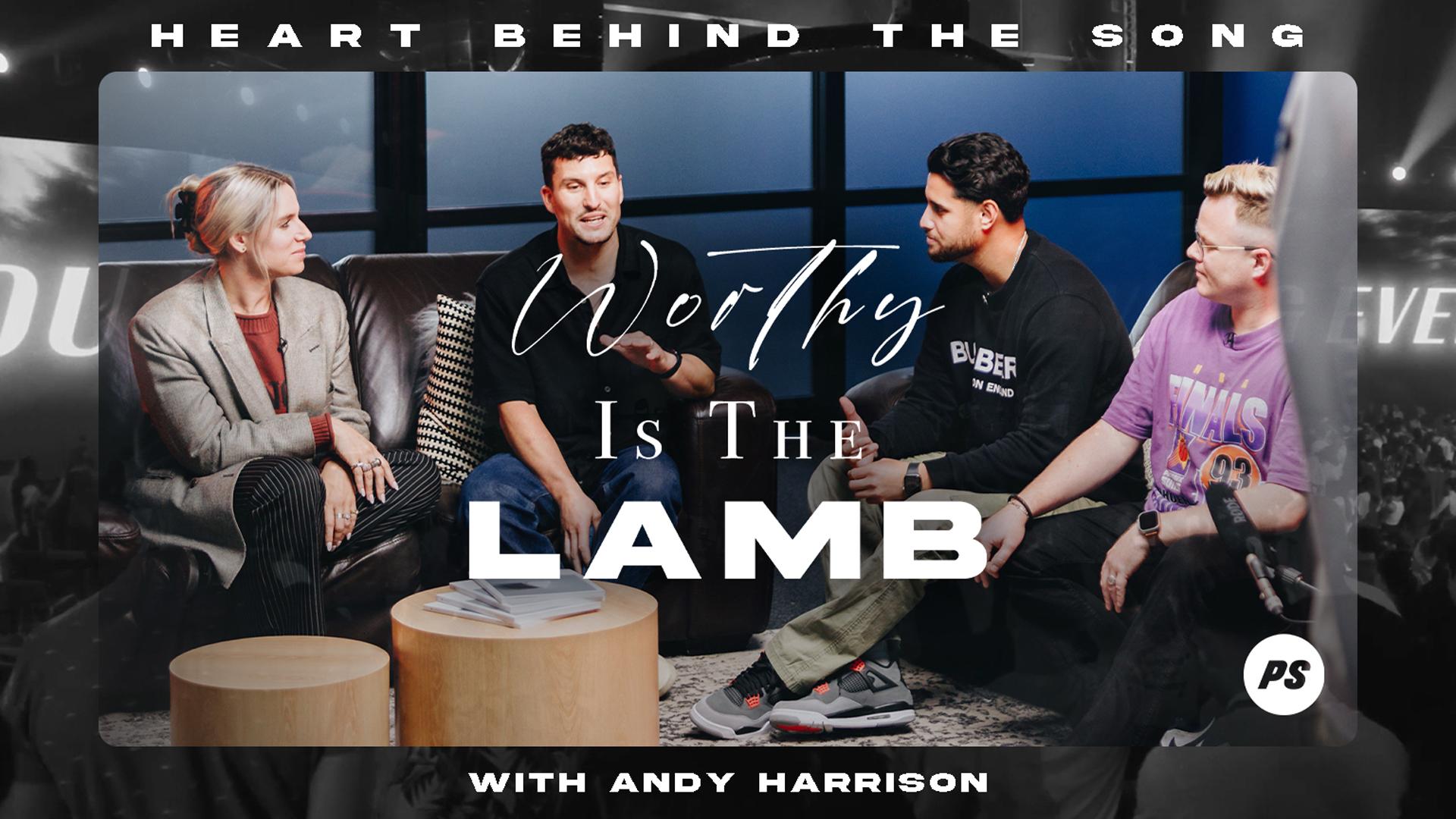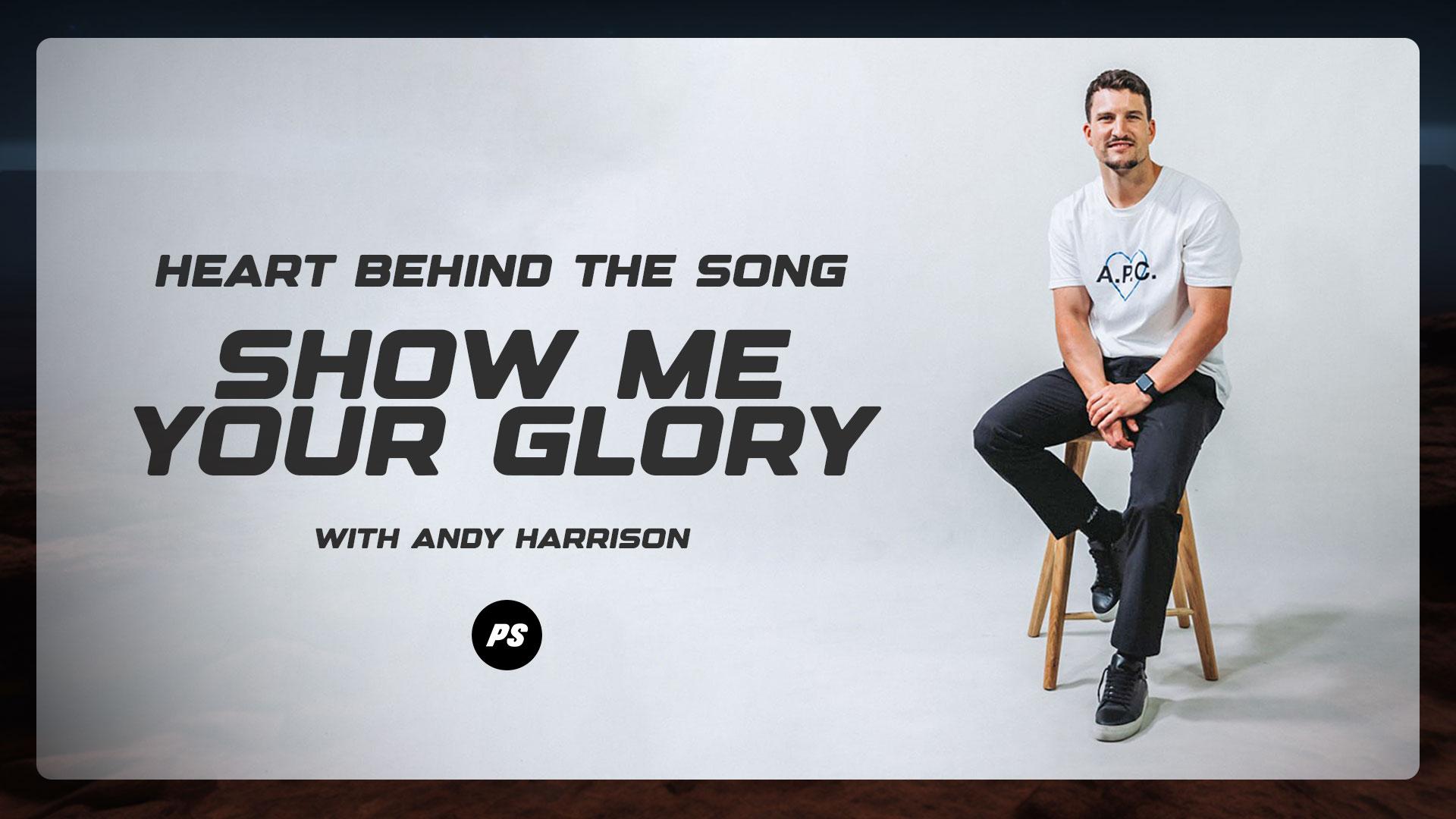Photography Fundamentals
Church photography can be an extremely exciting experience. The energy and passion of a congregation combined with the vibrant visuals of the worship experience provide a unique opportunity for photographers to capture the atmosphere in a church setting.
Many churches host events such as baptisms, missions trips, community projects and special occasions that are important to its members. By taking photographs of these events, a visual record of its history is created that can be shared with future generations and the wider social media community around the world. By sharing these photographs, a church can reach a wider audience and showcase its commitment to serving the community.
Planetshakers Church places a strong emphasis on the Holy Spirit's presence and His work in the lives of our people. Photography can thoughtfully and respectfully capture moments of healing, deliverance, freedom and other supernatural encounters that happen so often when God moves in people’s lives. As such, photographs can testify of God's power and Presence in a Church.
Whether you're an amateur or professional photographer, there are certain essentials to keep in mind when capturing live praise and worship in your church. This blog post will cover the basics of church photography in addition to providing some essential tips on how to capture amazing photos.
The energy and passion of a congregation combined with the vibrant visuals of the worship experience provide a unique opportunity for photographers to capture the atmosphere in a church setting.
3 Fundamentals of Church Photography
The first step in capturing great photos of live worship is to understand the fundamentals of church photography. These include understanding the lighting, composition, and timing of shots:
-
Lighting: Appropriate lighting is essential to capturing great photos and it is one of the most important factors to consider in church photography.
At Planetshakers, we have dynamic lighting setups that change frequently throughout the service. To capture the best possible shots in your setting, it is crucial that you are familiar with the lighting setup of your own church and anticipate any changes to the lighting as they happen during the service. If possible, scout out the location’s lighting setup ahead of time and plan your shots accordingly.
Composition: Composition is another crucial aspect of Church photography. As with any type of photography, a well-composed shot will have more impact than a poorly composed one. In a church setting, it is important to capture not only the people on stage, but also the congregation. This can be challenging, as there are often a lot of people in the room that may be moving around. However, by carefully considering the placement of people and objects in the shot, you can create powerful and memorable images of the service. Look for interesting angles and perspectives and experiment with different compositions to create a unique and dynamic image.
Timing: Timing is also key in church photography. The timing of your shots can make the difference between capturing a great moment or missing it entirely. As such, it is important to be aware of the flow of the service and anticipate key moments. Great examples of this include when the preacher is passionately delivering a powerful point in his or her message, when the worshippers express their affection for God at the climax of a song or when the worship leader raises his or her hands in a moment of awe. As a photographer, you need to be ready to capture these kinds of shots as they happen, creating images that truly reflect and ‘capture’ the atmosphere in the room. Great photographs can help you to ‘feel’ like you were in the room even when you were not.
4 Essentials for Live Worship Photography
-
Be respectful: You need to be respectful of the service and the people involved. This means not disrupting the service in any way and being mindful of the fact that you are there to capture a very personal experience and not interrupt it or become a distraction.
-
Be aware of the church’s guidelines around photography: It is crucial to respect and adhere to a church's policies regarding photography as some churches may have specific rules or guidelines in place to protect individual privacy during services.
-
Take ‘effective’ shots:
-
Wide shots: Wide shots capture the entire scene and can be particularly effective for showing the scale of the service and the size of the congregation.
-
Close-ups: Close-ups can be used to capture the emotion and intensity of the worship experience. They can also be effective for highlighting specific details such as a musician's hands on an instrument or the expression on a singer's face.
-
Action shots: Action shots capture the movement and energy of the worship experience. These can be particularly effective for capturing moments of high intensity such as when the congregation is jumping or dancing.
-
-
Communication with the Team Leader: Before you start shooting, make sure to communicate with your Photography Team Leader to get an idea of what to expect during the service. This will help you anticipate key moments and prepare to capture them.
4 Tips for Amazing Photos
Now that we've covered the essentials and fundamentals of church photography, let's explore some tips to help you take amazing photos.
-
Practice, practice and more practice! The more you practice your craft, the better you'll become. Take your camera with you wherever you go and practice capturing different subjects and scenes.
-
Get to know your church and locations within it: Every Church is unique and getting to know the space will help you anticipate key moments and create unique images.
-
Look for emotion! Emotion is essential to capturing great photos. Look for the expressions and reactions of the worshipers to capture the energy they create.
-
Wait for light: Lighting is extremely important, especially in a darkened church environment like Planetshakers. Be patient and time your shots!
-
Fast lens: In low-light environments like churches, a fast lens is essential to capturing sharp images without blurring. A lens with an aperture of f/2.8 or lower is ideal.
-
An appropriate camera: A camera with high ISO capabilities will allow you to shoot in low-light conditions without having to use a flash. A camera that has the ability to focus quickly in low-light situations will assist you in capturing better photos and not missing an important moment.
-
Memory cards and backup batteries: You never want to run out of memory or battery during a shoot. Always bring multiple memory cards and backup batteries to ensure that you're always ready to capture the moment.
Photography plays an important role in documenting the activities and events of a church. It allows us to capture and preserve memories, to share them with the church community and serves as an incredible tool to help the church's outreach efforts.
More post from Creative





